If you’re a fan of both football and video games you’ll no doubt have all kinds of fond memories of the two coming together on a team’s shirt, from Arsenal’s classic Dreamcast kit to Fiorentina’s shirts in the 90s. As iconic as those kits were, though, they were but blips on the radar compared to Nintendo’s decades-long sponsorship of a team that’s closer to home.
The history of football in Japan is a little different to most other major markets. Where Europeans have been playing professionally for over 100 years, and in South America for almost as long, in Japan there wasn’t a full-time league until 1992, when the J-League was created in an attempt to revitalise domestic support for the game, which had been on a steady decline through the 1980s.
With big-name overseas imports and an increase in quality from local players, the J-League quickly became big business, and over the next four years the competition looked to expand beyond its initial roster of ten clubs by adding a number of teams from the Japan Soccer League, a semi-professional competition that from 1965 until the J-League’s creation had been the top flight of Japanese football.
In 1996, one of the two clubs promoted from this semi-pro league was from Kyoto. Having been initially formed as Kyoto Shiko Club all the way back in 1922, they were something of an oddity for the time, being one of the few teams to exist simply as a football side, and not as part of a huge corporation.
That modest background had its drawbacks, though, in that they couldn’t compete financially with bigger clubs who could afford better players and bigger facilities, and so Kyoto Shiko spent most of their time toiling away lower down the football pyramid in competitions like the Kansai League (which they managed to win four times), playing against regional teams and university sides.
That all changed in 1993, though, when a huge injection of local sponsorship money—attracted by the success and increased profile of the J-League—transformed the club. They changed their name to Kyoto Purple Sanga, players became full-time professionals and they joined the Japan Soccer League.

(At the same time a breakaway group, disgruntled at the sudden shift and committed to remaining amateurs, formed a brand new club called Kyoto BAMB 1993. Then five years later a group broke away from them and started another team called, even more confusingly Kyoto Shiko Club).
That cash injection involved contributions from the local government but was led by two international companies that were also based in Kyoto. One was industrial and electronics giant Kyocera, who committed USD$7.5 million, and the other was Nintendo, who spent USD$2.3 million (both huge sums at the time). The rebranded club became part of an operating company, called Kyocera Purple Sanga Corporation, of which Kyocera owns a 55% stake and Nintendo 16%.
The transformation had instant results. In 1995 the side finished second in the Japan Soccer League (ahead of corporate teams from Honda and Toshiba and fellow future J-League sides Vissel Kobe and FC Tokyo), which saw them promoted to the J-League, where in 1996 they would spend their first season in the country’s new top flight.
What followed was…not quite as successful. The side—who would in 2007 drop the “Purple” to be more simply known as “Kyoto Sanga”—have spent much of the intervening decades bouncing between the J-League’s first and second divisions, their most notable achievement (aside from holding the J-League record for both promotions and relegations) coming in 2002 when they won the club’s first—and to date only—major piece of silverware, the Emperor’s Cup, which is basically Japan’s version of the FA Cup. Note that their first goal in that final, a 2-1 win over Kashima Antlers, was scored by future Manchester United superstar Park Ji-sung, who scored 11 goals in 76 appearances for Kyoto Sanga between 2000-2003.

One thing that has remained constant through the years, though, has been the support of Nintendo. The company’s name has appeared on the back of Sanga’s shirts every year since 1993 (atop the player’s number, see above), and in the most interesting way; rather than using their famous “oval” logo that we see on their games and consoles, Nintendo—perhaps as a nod to both their own and Sanga’s long ties to the local community—use their original, 19th-century kanji logo instead, meaning many fans outside Japan don’t even know of the links between the two.

Collaborations between the two are also, as you’d expect given their part-ownership, incredibly common. Nintendo regularly holds sponsored events with Kyoto Sanga fans, and have done so for decades, with the website for a 2002 event—where fans could turn up to a game, meet Mario and win copies of Super Mario Sunshine—somehow still online.
You can find Mario’s face hovering above the entrance to the club’s training grounds, which Nintendo directly sponsors:

Nintendo also feature regularly on the cover of Kyoto Sanga’s annual yearbook, with recent seasons depicting Mario and Splatoon characters wearing the team’s purple kits (and some very nice Splatoon-themed boots):

The 2021 yearbook tried something a little different and mocked up a Kyoto Sanga x Animal Crossing scene instead, which managed to include the clubs mascots, the mythical birds Pursa and Kotono-chan:

Nintendo will even offer support for the team in the papers, most recently back in 2021 when, for the first time in 11 seasons, they were promoted back to the top flight of Japanese football following a long run in J2, the second division. After promotion had been secured a spokesperson told the Sankei Shimbun “Nintendo is behind you, just like on your uniforms”.
As the club casts its gaze towards the future, things are looking, if not up, then at least slightly more stable. While they’re yet to win any other major silverware since that 2002 Emperor’s Cup triumph, Sanga managed to avoid relegation last season (albeit by the skin of their collective teeth) to maintain their top-flight status, and managed to make it to the semi finals of the Emperor’s Cup, the furthest they’d made a run since 2011, when they were losing finalists.
You can perhaps put at least some of that stability down to the fact the club finally have somewhere to call a home of their own. Kyocera and Nintendo’s cash injections in the 90s couldn’t make up for the fact that for decades the side played at an athletics ground that had been built in 1942. Since 2020, however, they have played at their own, new stadium—a proper modern football ground—called the Sanga Stadium By Kyocera, which seats 21,000 and looks extremely cool.
That about does it for this introductory guide to Kyoto Sanga (and Japanese football, and the J-League)! If you want to follow what the team is up to going forwards—their first game of the upcoming season is very soon, on February 18—you can check out their website here, while the J-League as a whole—a very underrated league to watch if it’s available in your area—has a good international website here.

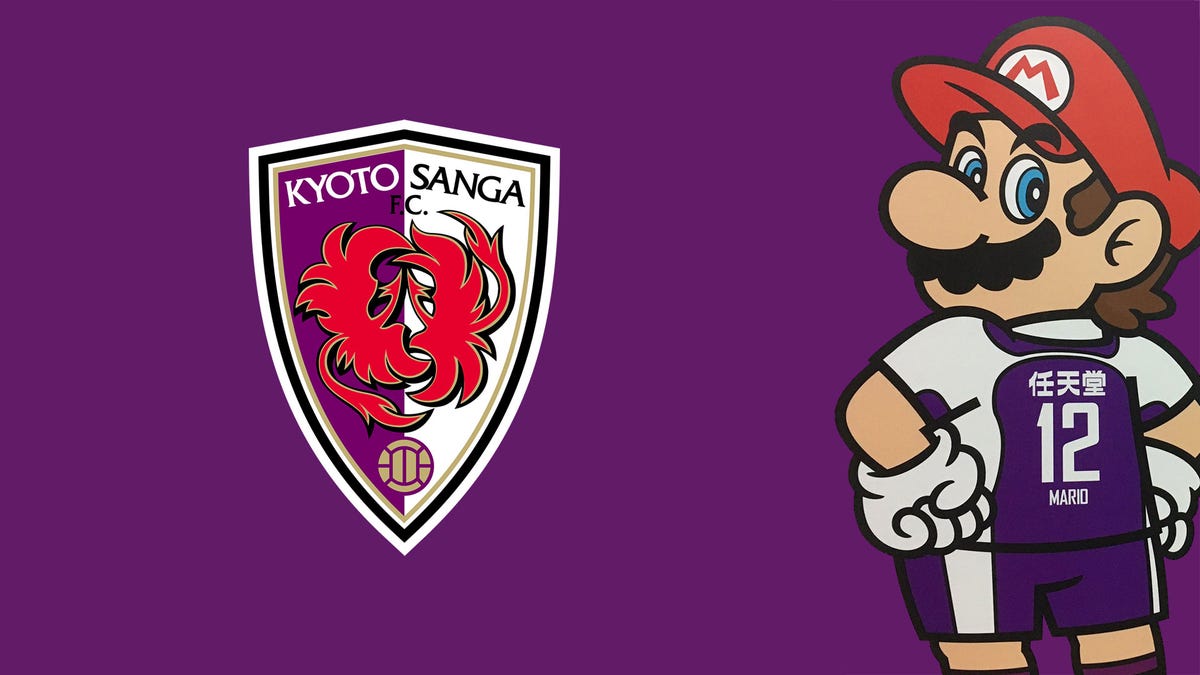
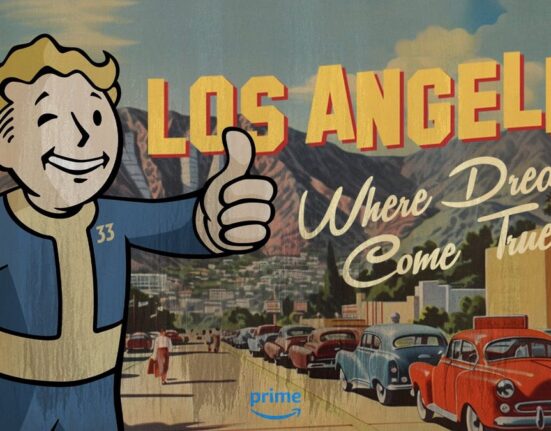
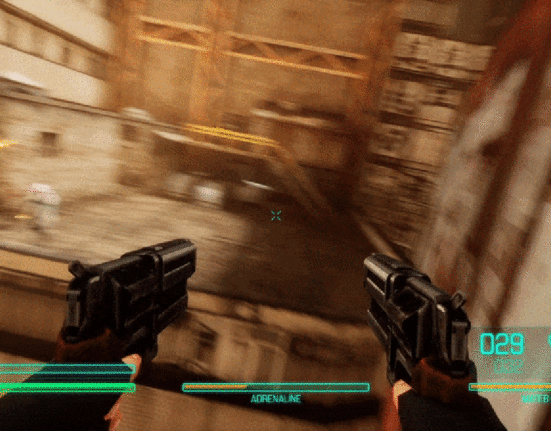
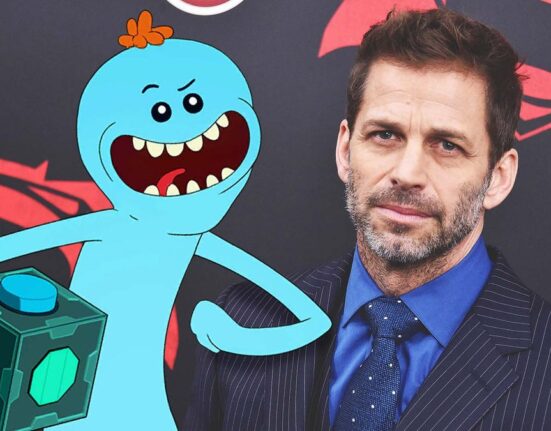
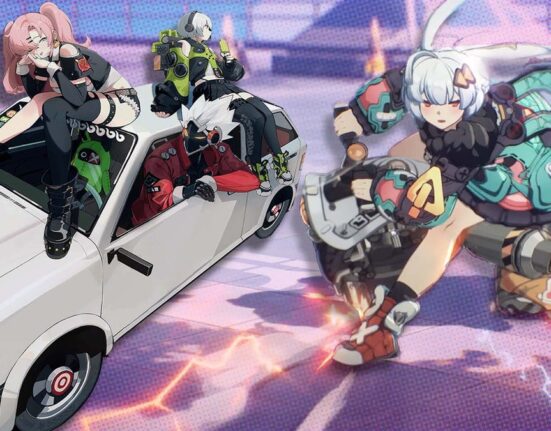
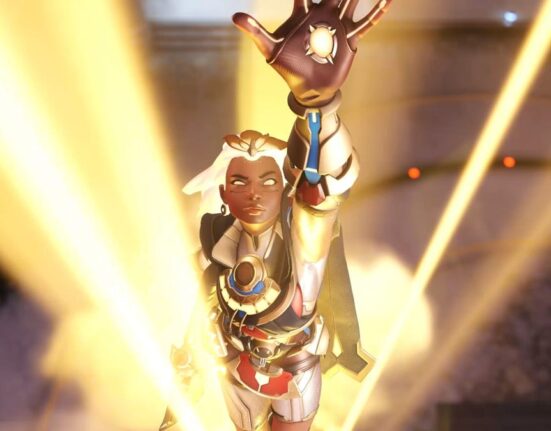
Leave feedback about this